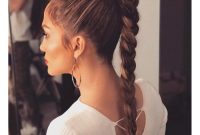In today’s fast-paced world, maintaining a clean and fresh appearance can be challenging. Dry shampoo has emerged as a lifesaver, offering a quick and convenient solution for refreshing hair between washes. This article takes a comprehensive look at dry shampoo, exploring its history, benefits, types, and how to use it effectively.
Dry shampoo is a revolutionary hair care product that has gained immense popularity in recent years. It’s a waterless shampoo that absorbs excess oil and dirt from the hair and scalp, leaving hair looking and feeling clean and refreshed without the need for a traditional wash.
Introduction: Dry Shampoo
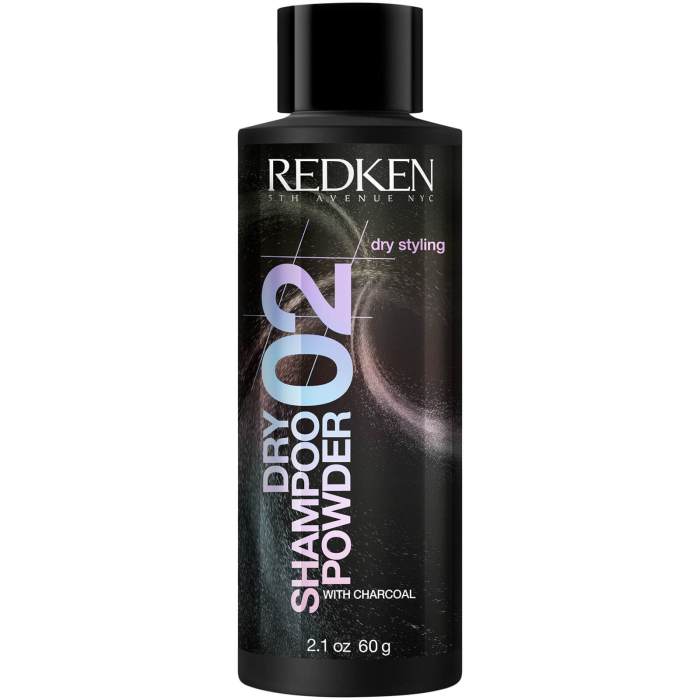
Dry shampoo is a hair care product designed to absorb excess oil and dirt from the hair without the use of water. It is typically applied as a powder or spray and can be used between washes to refresh the hair and extend the time between shampoos.
The history of dry shampoo dates back to the 18th century, when it was used as a way to keep wigs clean and fresh. In the early 1900s, dry shampoo became more popular as a way to clean hair without having to take a bath or shower.
Today, dry shampoo is a widely used hair care product that is available in a variety of forms, including powders, sprays, and foams.
Benefits of Using Dry Shampoo
There are several benefits to using dry shampoo, including:
- Absorbs excess oil and dirt from the hair, leaving it looking and feeling clean and refreshed.
- Extends the time between shampoos, which can help to reduce damage to the hair.
- Adds volume and texture to the hair, making it look thicker and fuller.
- Can be used to style the hair, as it can help to hold curls and waves in place.
- Is a convenient and portable hair care product that can be used anywhere, anytime.
How to Use Dry Shampoo

Dry shampoo is a lifesaver for those times when you don’t have time to wash your hair. It can absorb oil, add volume, and freshen up your hair in just a few minutes.
To use dry shampoo, follow these steps:
Shake the can well.
This will help to distribute the ingredients evenly.
Hold the can 6-8 inches away from your head.
Spray the dry shampoo onto your roots, focusing on areas that are oily or flat.
Massage the dry shampoo into your scalp with your fingertips.
This will help to distribute the product evenly and absorb the oil.
Brush your hair to remove any excess product.
You can also use a blow dryer on a cool setting to help blend the dry shampoo into your hair.
Tips for Getting the Most Out of Dry Shampoo
- Use dry shampoo on clean hair. Dry shampoo is not a substitute for washing your hair, so it’s important to start with clean hair.
- Apply dry shampoo to your roots, not your ends. Dry shampoo can weigh down your hair if you apply it to the ends.
- Use dry shampoo sparingly. A little goes a long way, so don’t overdo it.
- Don’t use dry shampoo too often. Using dry shampoo too often can dry out your hair and scalp.
Types of Dry Shampoo

Dry shampoos come in various forms, each with its own unique characteristics, advantages, and disadvantages. Understanding the different types can help you choose the one that best suits your hair type and needs.
The primary types of dry shampoos include:
Aerosol Dry Shampoo
- Advantages:
- Convenient and easy to apply.
- Provides quick oil absorption and instant refreshment.
- Available in a wide range of fragrances.
- Disadvantages:
- Can leave a powdery residue if not brushed out properly.
- May contain ingredients that can irritate sensitive scalps.
- Can be more expensive than other types.
Powder Dry Shampoo
- Advantages:
- Lightweight and easy to apply.
- Provides a matte finish, making it ideal for fine or oily hair.
- Less likely to leave a powdery residue compared to aerosol dry shampoos.
- Disadvantages:
- Can be messy to apply, especially if you have dark hair.
- May not be as effective at absorbing oil as aerosol dry shampoos.
- Can be more difficult to brush out.
Foam Dry Shampoo
- Advantages:
- Easy to apply and distribute evenly throughout the hair.
- Provides a soft, natural finish.
- Less likely to leave a powdery residue compared to other types.
- Disadvantages:
- Can be more expensive than other types.
- May not be as effective at absorbing oil as aerosol or powder dry shampoos.
| Type | Application | Finish | Effectiveness | Residue | Price |
|---|---|---|---|---|---|
| Aerosol | Convenient, spray-on | Quick oil absorption | High | Powdery (if not brushed out) | Moderate to high |
| Powder | Lightweight, sprinkle-on | Matte | Moderate | Less powdery | Low to moderate |
| Foam | Easy to distribute, mousse-like | Soft, natural | Moderate | Less powdery | Moderate to high |
Choosing the Right Dry Shampoo

Selecting the ideal dry shampoo for your hair is crucial to achieve the desired results and maintain hair health. Consider the following factors to make an informed choice:
Hair Type
Dry shampoos are formulated to cater to different hair types. Choose a product that suits your specific hair needs:
- Fine Hair: Opt for a lightweight dry shampoo that won’t weigh hair down. Look for ingredients like rice starch or tapioca starch, which absorb oil without leaving a heavy residue.
- Thick Hair: Select a dry shampoo with stronger absorbing properties. Products containing clay or charcoal are effective at removing excess oil from thick hair.
- Color-Treated Hair: Choose a dry shampoo specifically designed for color-treated hair. These products often contain UV protectants to shield hair from sun damage and prevent color fading.
- Dry Hair: Avoid dry shampoos with harsh ingredients that can further dry out hair. Look for products containing moisturizing ingredients like aloe vera or coconut oil.
Ingredients
Carefully examine the ingredient list of dry shampoos before making a purchase. Some key ingredients to consider include:
- Absorbents: These ingredients, such as rice starch, tapioca starch, or clay, absorb excess oil and dirt from the hair.
- Propellants: These ingredients, like butane or propane, help dispense the dry shampoo in a fine mist.
- Fragrance: Dry shampoos often contain fragrances to mask the smell of oil and dirt. Choose a product with a scent you enjoy.
- Other Additives: Some dry shampoos contain additional ingredients like UV protectants, moisturizers, or volumizers. Select a product that addresses your specific hair needs.
Examples of Dry Shampoos for Various Hair Types
- Fine Hair: Klorane Dry Shampoo with Oat Milk, Batiste Dry Shampoo for Fine Hair
- Thick Hair: Living Proof Perfect Hair Day Dry Shampoo, Ouai Dry Shampoo
- Color-Treated Hair: Redken Color Extend Dry Shampoo, Olaplex No. 4C Bond Maintenance Dry Shampoo
- Dry Hair: Amika Perk Up Dry Shampoo, IGK First Class Charcoal Detox Dry Shampoo
Benefits of Using Dry Shampoo
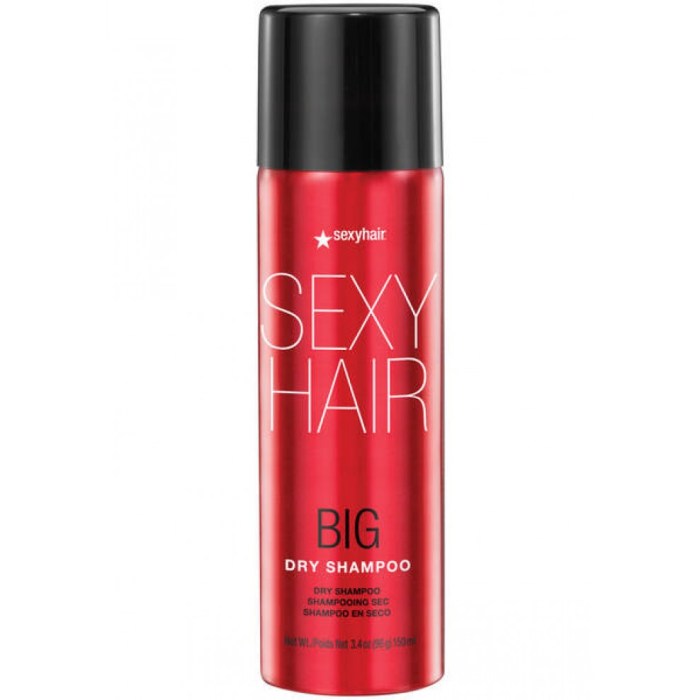
Dry shampoo offers several aesthetic and health benefits for your hair. It is a convenient solution for refreshing your hair without the need for a full wash, helping to maintain a clean and healthy appearance.
Dry shampoo can provide numerous benefits for hair health. It can absorb excess oil, preventing it from weighing down the hair and making it appear greasy. This helps to maintain a natural volume and texture, making your hair look and feel fresher for longer.
Revitalizing Hair’s Appearance
- Refreshes Hair: Dry shampoo helps to revive hair that has become dull or oily, restoring its natural vibrancy and shine.
- Adds Volume: By absorbing excess oil, dry shampoo can create the illusion of thicker, fuller hair, adding volume and body to limp or flat strands.
- Eliminates Odor: Dry shampoo can help to eliminate unpleasant odors from hair, such as smoke, food, or sweat, leaving it smelling fresh and clean.
Promoting Hair Health
- Reduces Oil Buildup: Regular use of dry shampoo can help to reduce oil buildup on the scalp, preventing clogged hair follicles and promoting a healthier scalp environment.
- Prevents Scalp Irritation: By absorbing excess oil, dry shampoo can help to soothe an irritated scalp, reducing itching and flakiness.
- Protects Hair Color: Dry shampoo can help to protect hair color from fading by reducing the frequency of washing, which can strip away color pigments.
Practical Uses of Dry Shampoo
- Extending Time Between Washes: Dry shampoo allows you to extend the time between regular washes, which can be especially beneficial for people with dry or damaged hair.
- Quick Hair Refreshment: Dry shampoo is a convenient way to quickly refresh your hair when you don’t have time for a full wash, making it ideal for busy lifestyles.
- Styling Aid: Dry shampoo can be used as a styling aid to add texture and volume to hair, making it easier to create various hairstyles.
Conclusion: Dry Shampoo
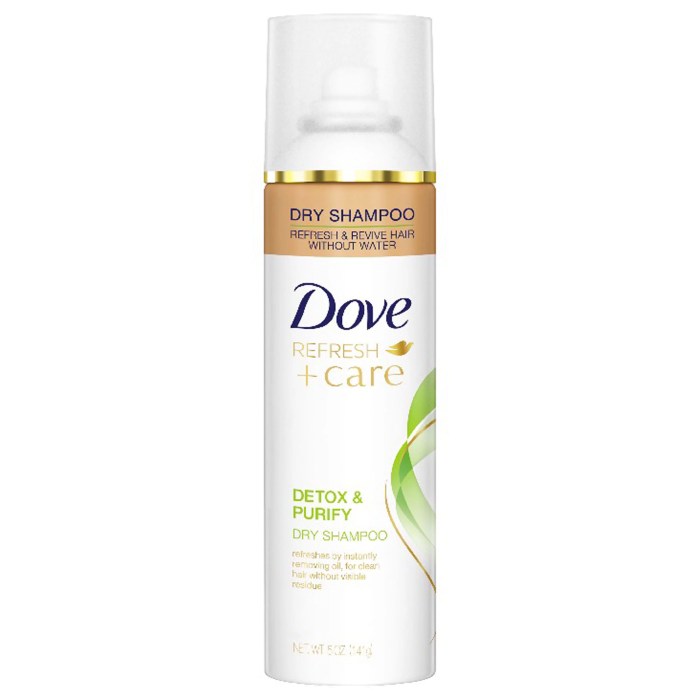
As we wrap up our discussion on dry shampoo, it’s essential to reflect on the key points we’ve covered.
Dry shampoo is a convenient and effective solution for refreshing your hair between washes. It absorbs excess oil, adds volume, and provides a quick fix for those days when you don’t have time for a full wash.
Benefits of Using Dry Shampoo
- Extends the life of your blowout or hairstyle.
- Absorbs excess oil, leaving your hair looking and feeling fresh.
- Adds volume and texture to limp hair.
- Can be used to style hair, creating waves or braids.
- Convenient for travel, gym visits, or when you’re short on time.
Choosing the right dry shampoo for your hair type is crucial. Consider your hair’s texture, color, and specific needs. Experiment with different brands and types to find the one that works best for you.
If you haven’t tried dry shampoo yet, I highly recommend giving it a try. It’s a game-changer for busy individuals who want to maintain fresh, stylish hair without the hassle of daily washing.
Closure
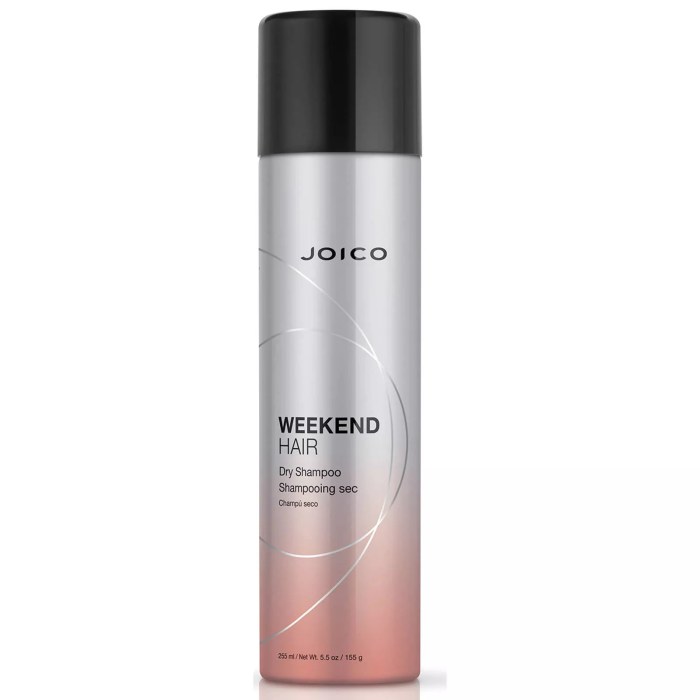
Dry shampoo has revolutionized hair care by providing a quick and effective way to maintain a clean and refreshed look without washing. It offers numerous benefits, from extending the time between washes to volumizing hair and adding texture. Whether you’re a busy professional, an athlete, or simply someone who values convenience, dry shampoo is a must-have product that can help you look and feel your best.
FAQ
What are the different types of dry shampoo?
Dry shampoos come in various forms, including powder, aerosol, and foam. Powder dry shampoos are the most common and are applied directly to the roots of the hair. Aerosol dry shampoos are sprayed onto the hair and scalp, while foam dry shampoos are applied like a mousse.
How often can I use dry shampoo?
The frequency of dry shampoo use depends on your hair type and how quickly it gets oily. Generally, it’s recommended to use dry shampoo no more than twice a week to avoid product buildup and potential scalp irritation.
Can dry shampoo damage my hair?
When used correctly, dry shampoo is safe for your hair. However, excessive use or improper application can lead to product buildup, dryness, and scalp irritation. It’s important to follow the instructions on the product label and avoid using dry shampoo more than twice a week.

